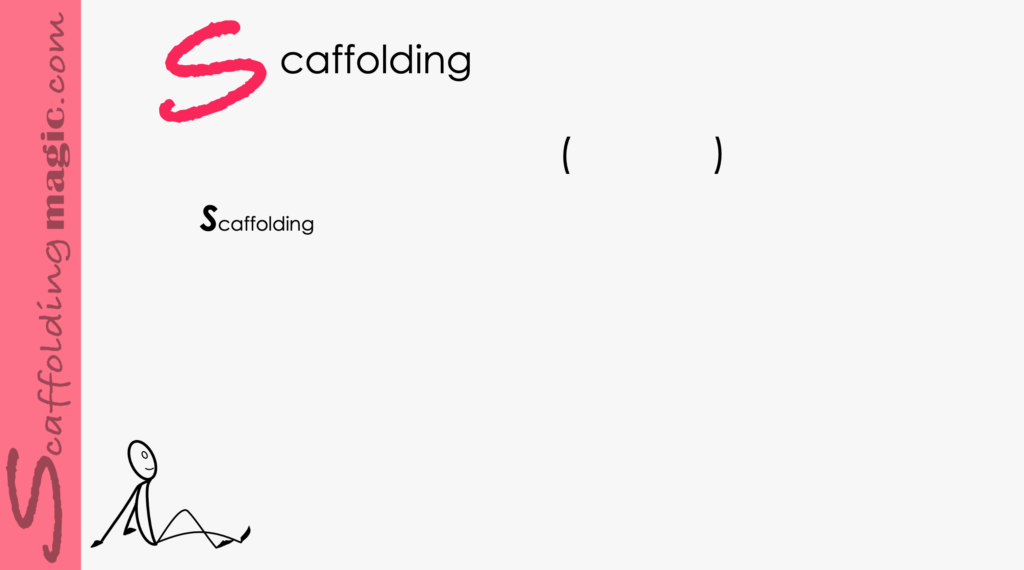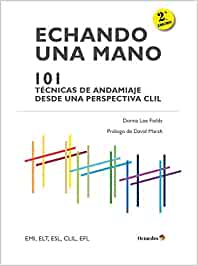You caught a beauty!!!
Download PDF of scaffold here.

Download PDF of scaffold here.
theory behind scaffold…
March 25th is the International Day of Remembrance of the Victims of Slavery and the Transatlantic Slave Trade. As educators, it’s vital for us to pass on bits of history so that even our youngest learners can internalise the injustice of what happened, in order to create more hope for the human population of today. Most history texts are written in depersonalised structures (passive tense with no recognisible narrator’s voice), and so are divorced from a tangible context that we usually need to connect to the information. Let’s add humanity and feeling to history so that our students see the connection to what happened in the past, their reality, and what they can do to make positive changes in the future.
Studies show that as young as 12 months the human mind can reason. Knowing this, we can create opportunities in our classes to help our students to consider different scenarios, and then distinguish between them to discern which are comfortable or uncomfortable. The activities suggested below are impactful, but could be controversial, and so need to be considered and developed with care and compassion.
Basing the activity on children’s innate sense of justice, the first part of this scaffold begins by studying a map that shows global slavery and child labour in today’s world. The next part presents elements of the Declaration of Human Rights created by the United Nations after World War II. You’ll then find different resources to explore actions promoted by human rights activists, and what students are doing today to wipe out slavery.
Step by step:
1. Begin by asking students about the photograph on the right. Who is she? What is she holding? Why is the parchment she’s holding so big? Does its size make it more important? Does she look like a woman they would like to meet? Why? Is the picture recent or from the past? Explain.
(The woman is Eleanor Roosevelt. Among many of her other incredible achievements, she was the chairperson for the committee on human rights of the United Nations and was a major force in the creation and wording of the Declaration of Human Rights that the group put forth.)
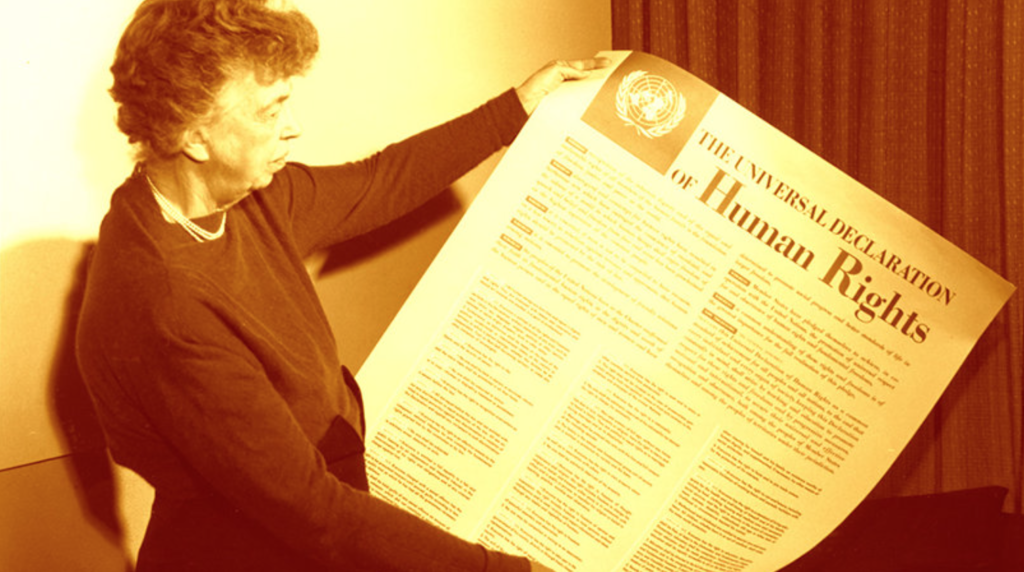
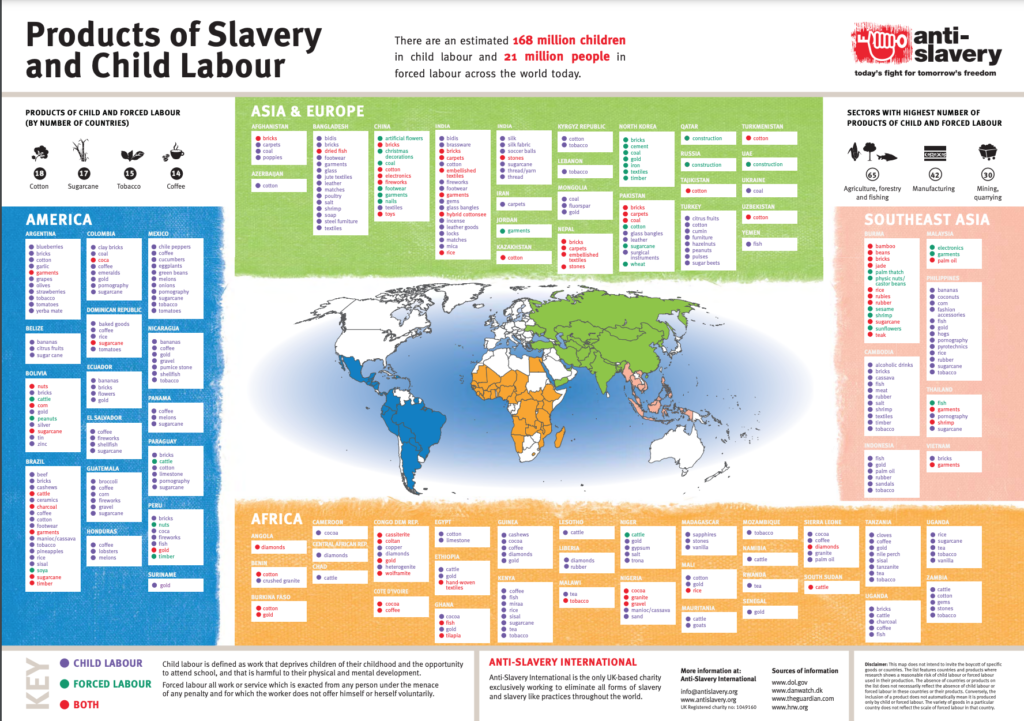
2. Assign each group of students a continent. (They can pick the name of the continent out of a hat to make the beginning of the activity more egalitarian). In their groups, and according to their continent, they use the PDF of the map entitled ‘Emancipation Products of Slavery and Child Labour’ (to the left) to:
- make the types of child labour visible.
- their presentations include images, short explanations, and a list of countries in that continent that do not have forced child labour according to this map;
- they compare the slavery on their continent to that in other continents;
- they include one error in fact in their presentation that contradicts the PDF;
- While one group is presenting, the other groups make notes and each group needs to a) ask for more details of one aspect of the presentation and b) identify the intentional mistake included.
4. Using the definitions of slavery found at anti-Slavery.org each group then chooses five (5) of the types of slavery and forced labour happening on the continent they have studied and write 2-3 suppositions as to the type of slavery it is. (Ex.: In Peru and in Paraguay, there is slavery related to making bricks. We believe that this is forced labour which is: any work or services which people are forced to do against their will under the threat of some form of punishment.)
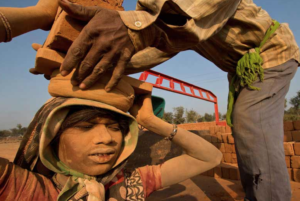
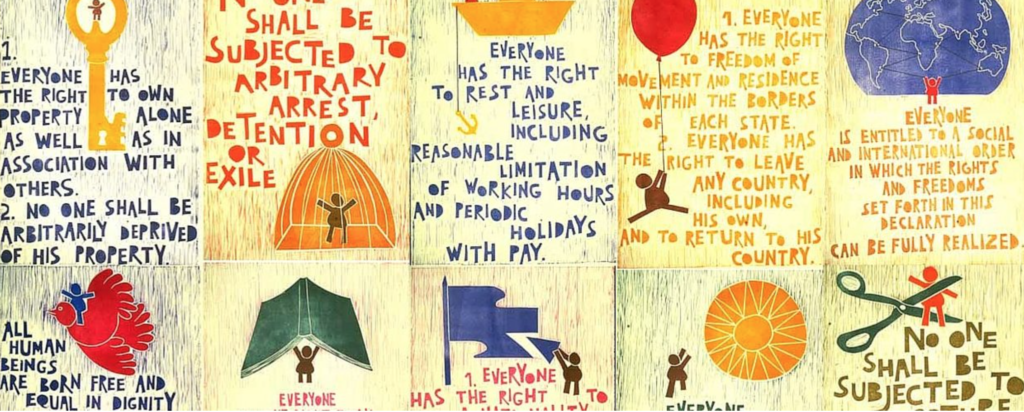
5. Students then connect the types of slavery they have identified and explain which of the 30 Articles in the Universal Declaration of Human Rights have been violated.
Examples:
Article 1: All human beings are born free and equal in dignity and rights. They are endowed with reason and conscience and should act towards one another in a spirit of brotherhood.
Scenario: Put one child in a contained area and another one in a play area. The first student must stay in the contained area watching the other child play. Ask the other students if it is just (fair) that one can play while the other is forced to stay in a contained area.
Article 5: No one shall be subjected to torture or to be cruel, inhuman or receive degrading treatment or punishment.
Scenario: One student hits and throws around a stuffed animal while another quietly pets another stuffed animal, brushes it’s hair, speaks softly to it, etc. Ask the other students if it’s fair (just) that one animal is treated badly.
Article 9: No one shall be subjected to arbitrary arrest, detention or exile.
Scenario: Two students walk together. A third student plays a police officer and arrests one of the two, even though neither is doing anything illegal. Ask the students if it’s fair (just) that one person has been arrested.
6. In groups, students will choose one of the projects they find at anti-slavery.org, write a summary of the project and present it to the rest of the class. Each member of the group explains what they could contribute to this activisim.
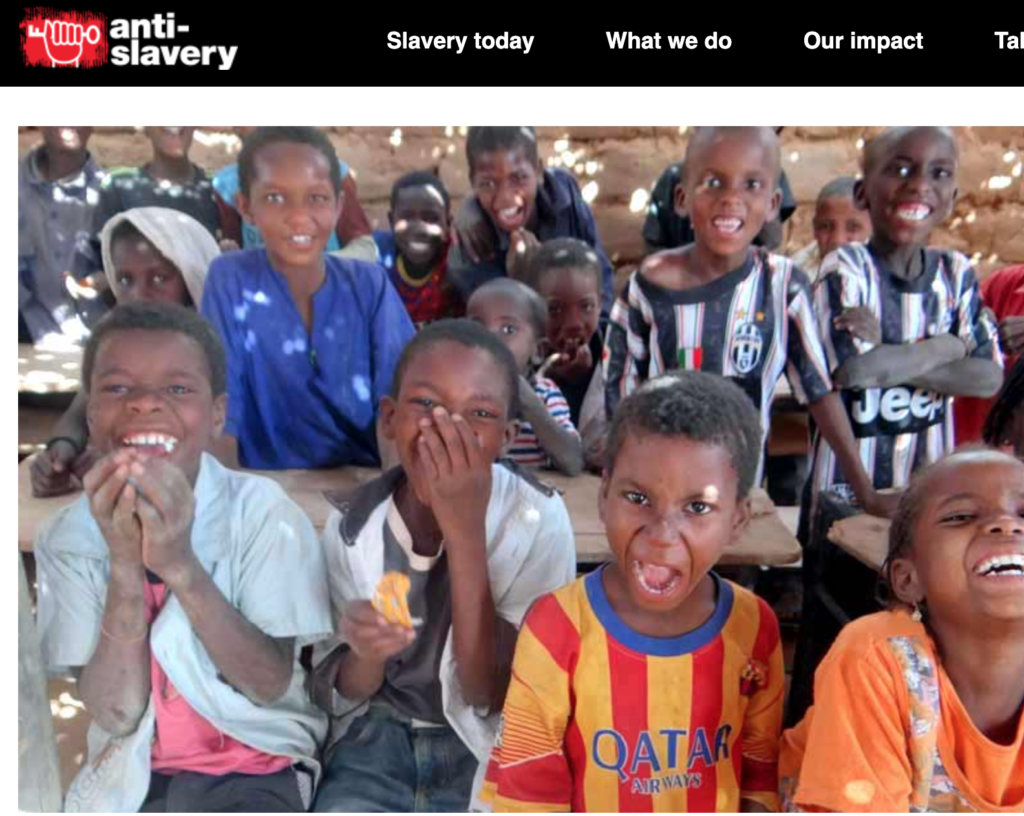
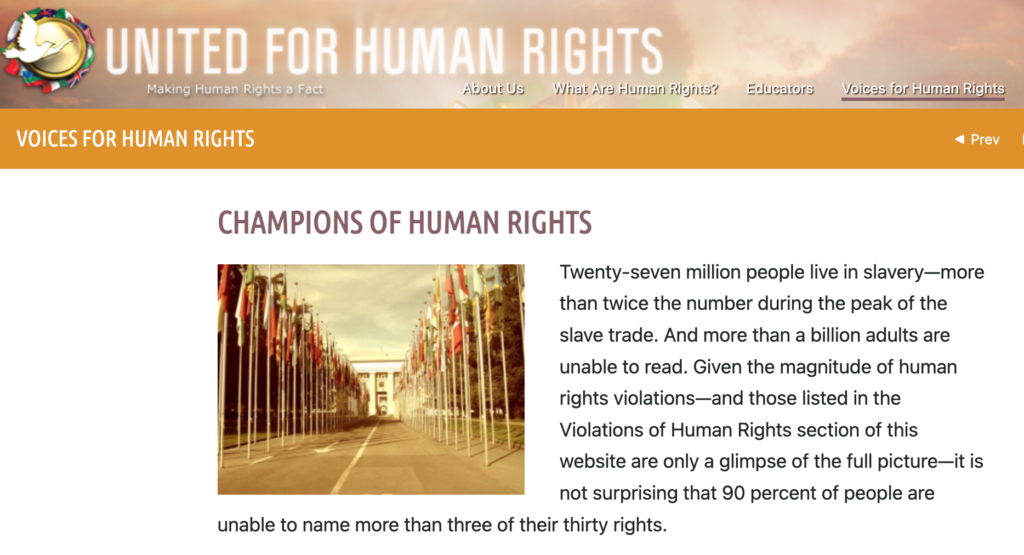
7. Finally, students choose an activist from United for Human Rights and explain why that person is especially noteworthy. (Given recent atrocities condoned by Daw Aung San Suu Kyi Daw we recommend you discourage her as a choice for this exercise, or require that a group choosing her explain her recent involvement in the systematic persecution and murder of Muslims in Myanmar.)
Other resources for human rights and history of slavery
Remember Slavery
Modern Slavery


Scaffoldingmagic.com is your entryway into DYNAMIC bilingual learning methodologies, such as Phenomenon-Based Learning, CLIL, EMI, and ESL. You’ll find ways to implement critical thinking tools (DOK) to promote higher level thinking, the growth mindset, instill an ethic of excellence, deep reflection on learning, and all through multi-cultural, interdisciplinary activities. We have the keys to turning competences into action and to creating collective efficacy in your school so you move ahead as a unified, enthusiastic team.

